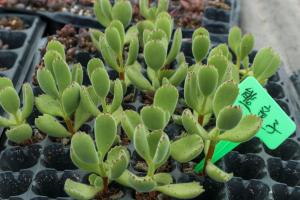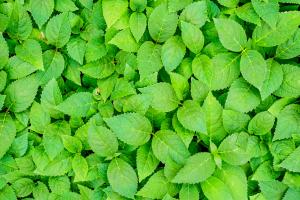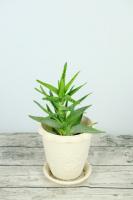Introduction
Propagation, as defined by the Webster dictionary, is the "process of reproducing or multiplying any given thing." In the world of gardening, propagation refers to the process of growing new plants from a variety of sources, including seed, cuttings, divisions, and layers. For those who have limited space or want to save money on buying new plants, knowing how to propagate a plant is an essential skill. The good news is that with the right techniques, you can propagate any plant.
Methods of Propagation
The most common methods of propagation include seed propagation, stem cuttings, and division. When propagating through seed, ensure you're using fresh seeds that haven't been stored for too long. For stem cuttings, make sure to use a sharp pair of scissors or pruning shears to minimize damage to the plant. When dividing plants, ensure the plant's root system is healthy and that you're planting them in the right environment. Depending on the type of plant, many other techniques could be used.
Equipment Needed for Propagation
The equipment needed for propagation varies, depending on the method you choose. For example, if you're using seed propagation, you may only need soil, plant pots, and the seeds. For stem cuttings, you'll need pots or propagation trays, rooting hormone powder, and something to create humidity like a plastic bag or a small greenhouse. Dividing plants can often be done with just your hands and a spade. Before you begin, research the plant you want to propagate, and ensure you have all the tools necessary to do so effectively.
Tips for Successful Propagation
Propagation can sometimes feel like a daunting task, but with the right techniques and tips, you can achieve success. Here are a few things to keep in mind:
1. Ensure the plant is healthy before you start the process. Propagation isn't a replacement for plant care. You need to have a healthy plant to propagate to ensure success.
2. Timing is also essential when it comes to propagation. The right time to propagate will vary from plant to plant, so research the best time to propagate.
3. Ensure the right environment for the plant. Different plants prefer different temperatures, light levels, and soil conditions. Ensure the plant you're propagating is in the right environment for best results.
4. Water the plant regularly. During the propagation process, the plant needs consistent moisture, so make sure to keep it hydrated.
Conclusion
Propagation is a valuable skill to learn for gardeners of all levels. Whether you're trying to save money, create more plants for your garden, or simply enjoy the process, propagation can be a satisfying way to grow your plant collection. With the right tools, techniques, and attention to detail, you can successfully propagate any plant.

 how many times do yo...
how many times do yo... how many planted tre...
how many planted tre... how many pine trees ...
how many pine trees ... how many pecan trees...
how many pecan trees... how many plants comp...
how many plants comp... how many plants can ...
how many plants can ... how many plants and ...
how many plants and ... how many pepper plan...
how many pepper plan...































